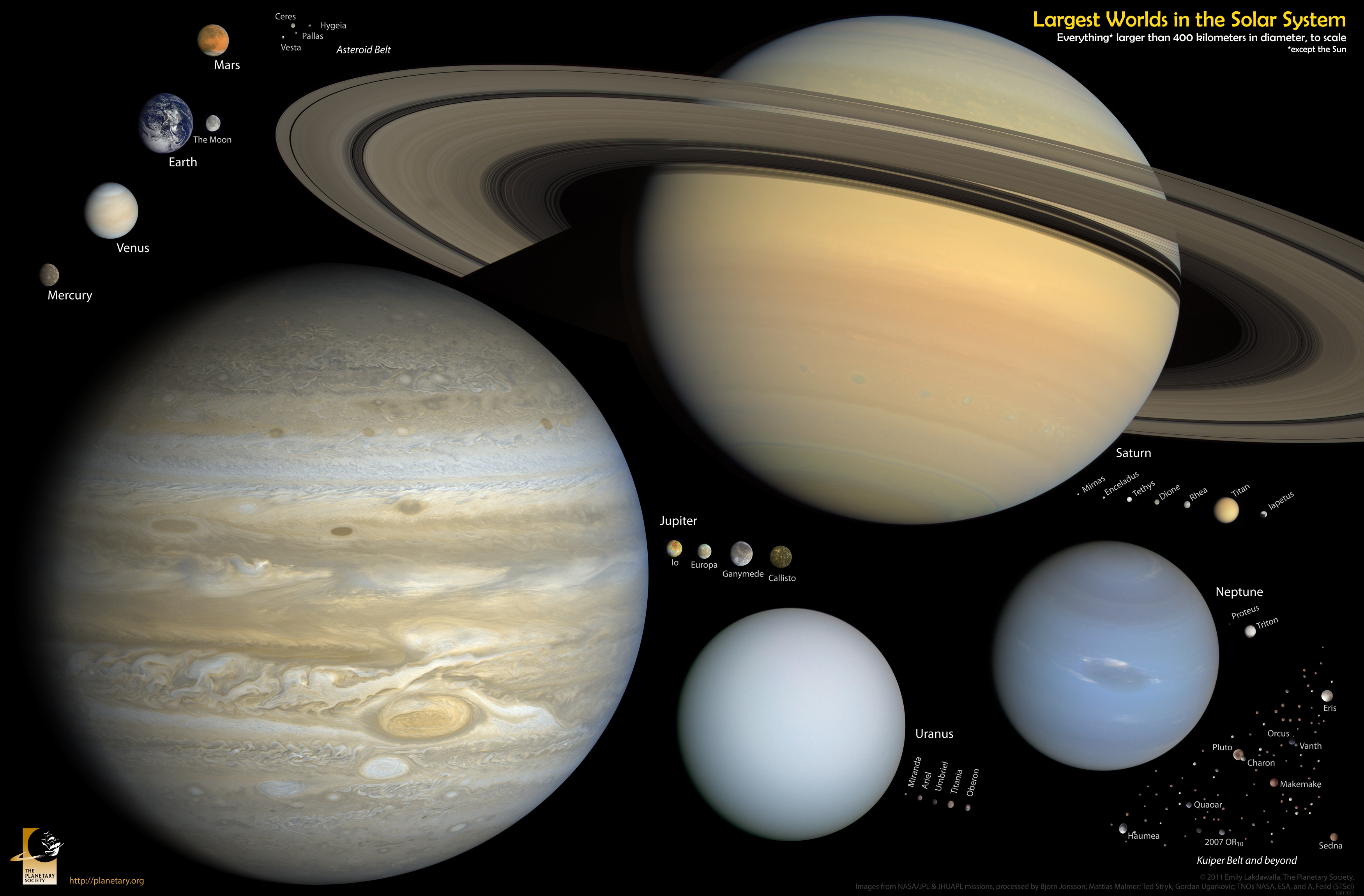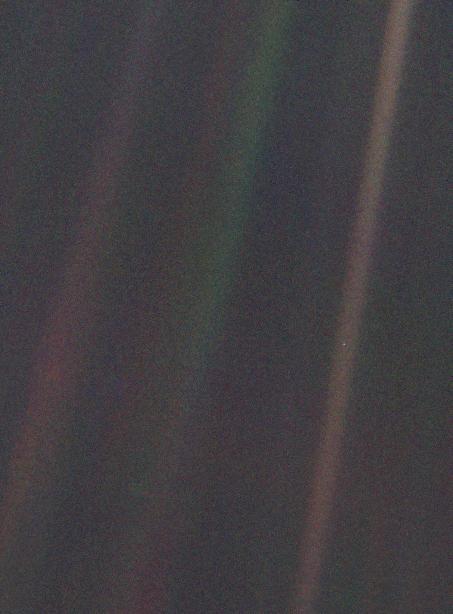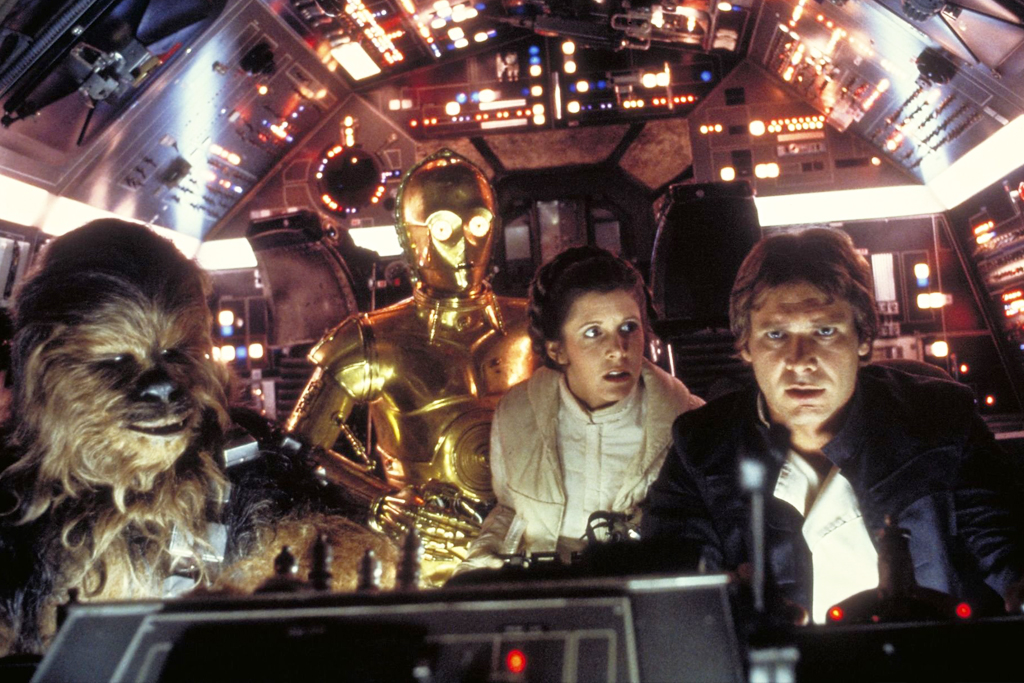Week 9: Space + Art
 |
| Comparisons of planets in our solar system |
This week’s topic of space has been one of my favorite topics thus far. Space has always fascinated me because we know of its existence, but we can’t just visit it and experience it for ourselves. Less than one percent of the human population can say that they have visited space, yet we know quite a lot about it. The most fascinating part is that while it seems like we have a lot of information on space and its content, we probably only know half of what is truly out there. Because of space exploration and advancements in technology, we are better able to understand what is beyond our atmosphere and in our galaxy.
 |
| Photograph taken by Voyager 1 of Earth |
The powers of ten video emphasized the scale of our galaxy and how microscopic humans really are. The picture that inspired Carl Sagan’s Pale Blue Dot also puts into perspective how small we are and how massive space is. The photograph was taken from Voyager 1 on February 14, 1990, as the spacecraft was leaving our solar system. Pictured below, we can see how miniscule Earth is among the emptiness of space. It looks like a mere speck of dust. What’s more impressive is the fact that the picture was taken from four billion miles away from Earth and now Voyager 1 is 13 billion miles away. Since 1977, Voyager 1 and Voyager 2 have been roaming around the universe, sending us data and allowing us to further our understanding of space.
 |
| The characters of Star Wars inside the Millennium Falcon spaceship |
While space is not tangible for the human population, the idea of it is culturally incorporated in our lives. Space is pervasive in pop culture as the setting of many tv shows and movies. What we imagine and attribute to the idea of space is mainly influenced by the scenes we have watched on television or movies. Television shows like the Jetsons and movies like Star Trek have influenced what people think about space. Pop culture hits like Star Wars have really expanded the limit on the imaginations of space and have sparked thoughts on the potential of other civilizations out there. While we are not fully aware of what is out there, we can rely on our imagination to visualize the other worlds.
“A Pale Blue Dot.” The Planetary Society Blog, www.planetary.org/explore/space-topics/earth/pale-blue-dot.html.
NASA, NASA, voyager.jpl.nasa.gov/mission/status/.
NASA, NASA, voyager.jpl.nasa.gov/mission/timeline/#event-a-once-in-a-lifetime-alignment.
Office, Eames, director. YouTube. YouTube, YouTube, 26 Aug. 2010, www.youtube.com/watch?v=0fKBhvDjuy0.
Online, UC, director. YouTube. YouTube, YouTube, 30 May 2012, www.youtube.com/watch?v=VYmOtFjIj0M.

Hi Harriet, you said that this is one of your favourite topics so far and your dedication to this blog shows that! Specifically, I really liked the images you picked. They fit very well to what you were talking about and added to the blog. I also loved your last paragraph. Space being a cultural aspect of human life is something that is super interesting to talk about. I also think that it is obvious that people want to know what is going on up there which, as you said, leads to art and entertainment.
ReplyDelete